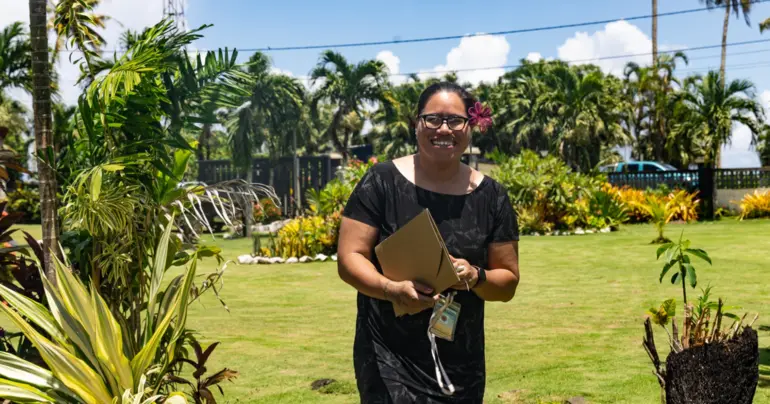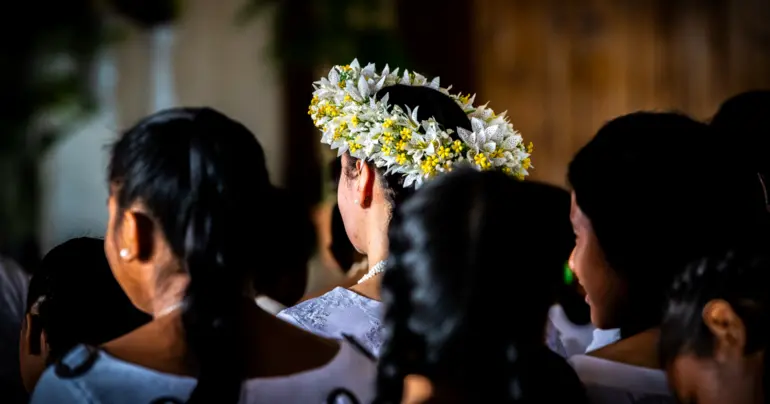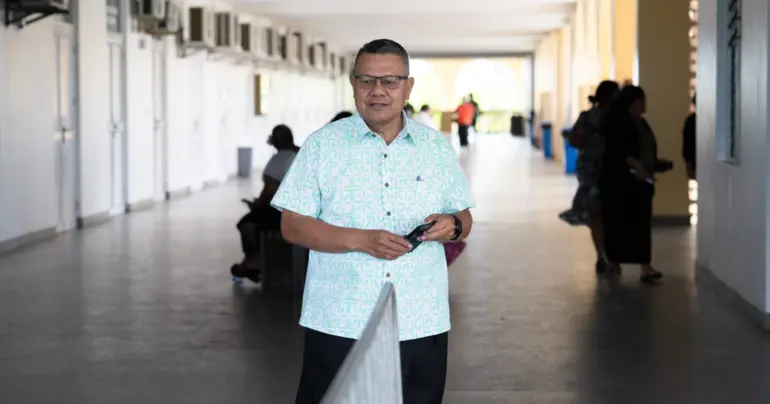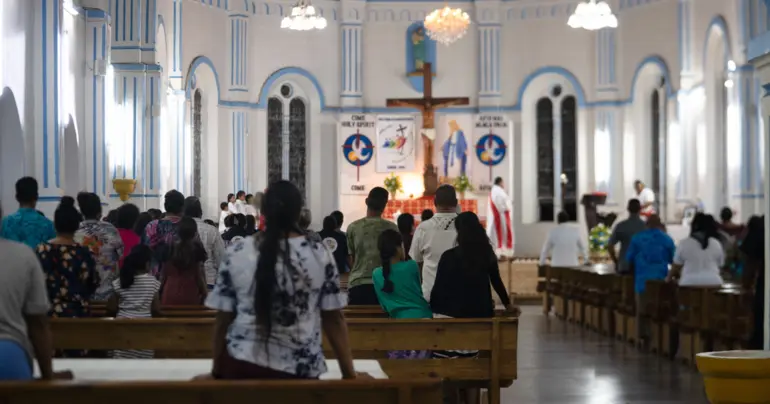Samoa's testing kits in limbo
 By Sapeer Mayron
•
01 April 2020, 8:00AM
By Sapeer Mayron
•
01 April 2020, 8:00AM
In the absence of more research, the World Health Organisation is still not backing rapid antibody tests for coronavirus diagnoses, the Regional Director for the Western Pacific Dr. Takeshi Kasai said on Tuesday.
As Samoa waits for rapid test kits to arrive on island it has six suspected cases it cannot test for the pandemic-causing virus, as there is no transport available to take swabs to a reference laboratory overseas.
Several countries, even those with the necessary laboratory facilities to conduct traditional tests, are not able test enough people quickly and are turning to the antibody tests which can reveal limited answers within 15 minutes. More than 500,000 rapid tests were authorised for importation to Australia last week.
The COVID-19 Incident Manager for the W.H.O in the region Dr. Socorro Escalanate said though there are a number of rapid tests introduced into the market and getting Government approval, the U.N. body is not ready to approve their use.
“They are still being evaluated and we have not seen evidence and performance to diagnose COVID-19,” she said.
Instead, the organisation is prioritising getting low resource countries with fragile health infrastructure like Samoa the resource to use their GeneXpert machines to test for COVID-19.
Samoa has at least two of these machines, one of which is in the Tupua Tamasese Meaole Hospital. It uses a cartridge to test genetic samples and produce results within an hour.
“We really want the international community to prioritise those kits to be prioritised to the Pacific Island countries and we want to do our best to make that happen,” Dr. Kasai said.
On Thursday, Samoa country representative for the W.H.O. Dr. Rasul Baghirov said the tests could be ready for distribution in April but could not provide any more specific detail. Border and travel restrictions will slow the tests’ arrival in Samoa.
But like countries with P.C.R. machines currently testing for the virus genetically, these tests alone will also not fulfil the mass testing required to control the spread of the disease.
Dr. Kasai said in light of this, countries need strategies for who they test and when. Elderly, people with pre-existing health conditions and people recently returned from overseas should be tested.
The results should work towards helping countries identify cases early, isolate and treat them, and have their contacts traced and put into quarantine.
“This will be a long-term battle and we cannot let down our guard,” he said.
“We need countries to keep responding according to their local situation and for every country to keep preparing for large scale community transmission.”
Finding cases early with rampant testing, isolating and treating them and quarantining all people they have contacted has proven to be the most effective weapon against COVID-19, Dr. Kasai said.
Meanwhile, countries like Samoa without the capacity to widely test are acting as though the virus has arrived already and restricted movement in the community.
The country has 200 rapid tests and 500 swap tests coming but their arrival is unsure. The 200 rapid test kits were purchased for Samoa by the Chinese Embassy, were sent through FedEx and have now been trapped in New Zealand.
The 500 P.C.R. swab test kits, donated by the Chinese Government, require a cold chain for transport and this has yet to be arranged.
The lockdown measures have been effective in buying time for a given country to prepare, Dr. Kasai said, but no one will be safe from COVID-19 for long. Risk of the epidemic remains high in all countries and areas.
Multiple public health interventions including increasing physical distance between people and restricting movement will help, but the risk of spread remains as long as the virus does.
While severe border closures have bought the Pacific time and slowed the arrival of the virus, Dr. Kasai is not optimistic the countries can avoid COVID-19 forever.
“[The Pacific Island’s must be] ready for their domestic response,” he urged.
Soon enough, countries will have to release their populations from severe lockdown conditions, even as the threat of COVID-19 infections remain.
“We also have to find a way to make societies get running again,” the regional director said.
“These measures cannot continue forever. At some point Governments need to think when to lift them.
“We have to make careful considerations of the epidemiological situation, assess the impact of the lockdown and maybe peel back one by one the public health measures bundled into a lockdown to bring society back to normal.”
Tags
 By Sapeer Mayron
•
01 April 2020, 8:00AM
By Sapeer Mayron
•
01 April 2020, 8:00AM











